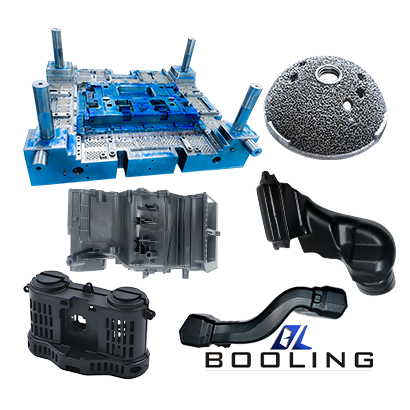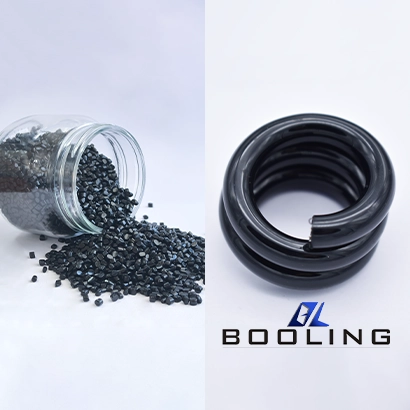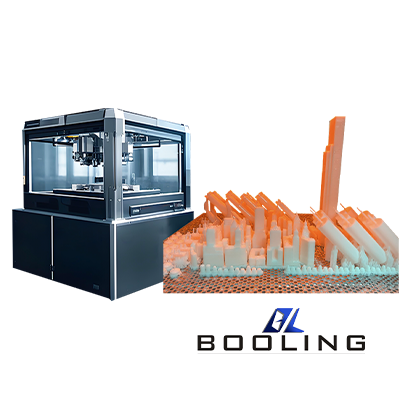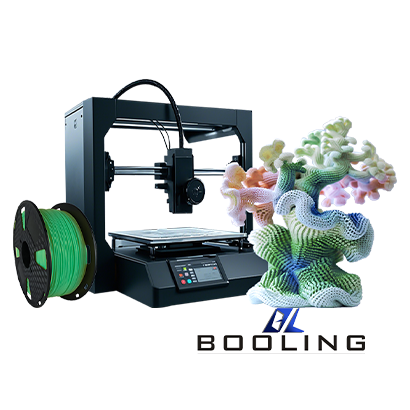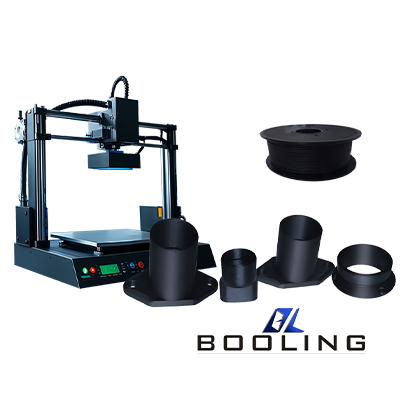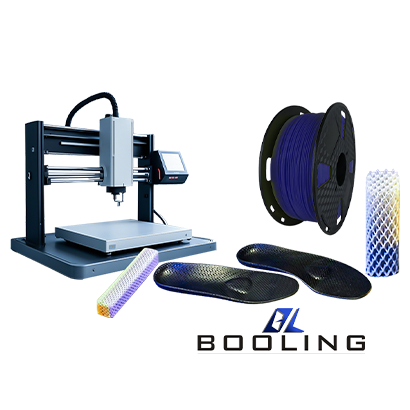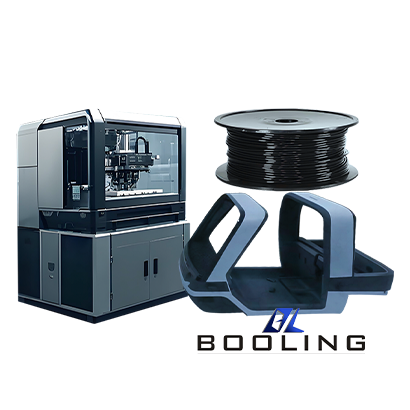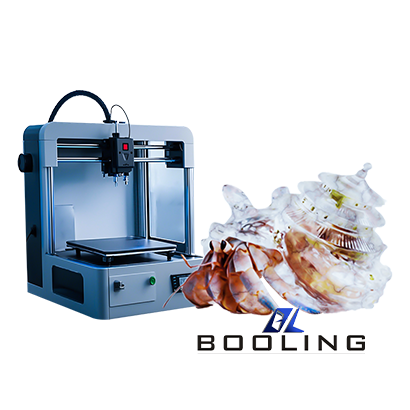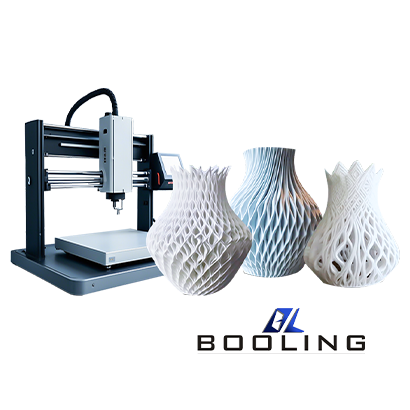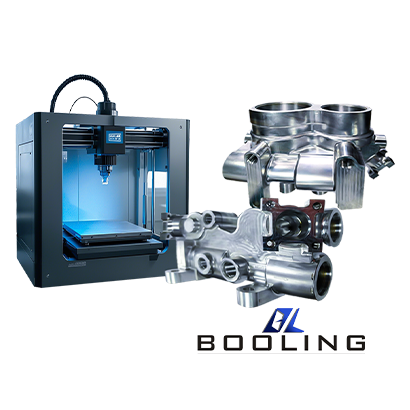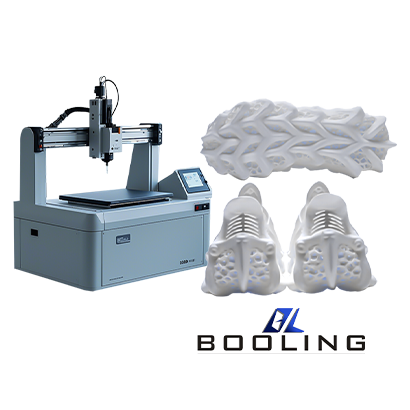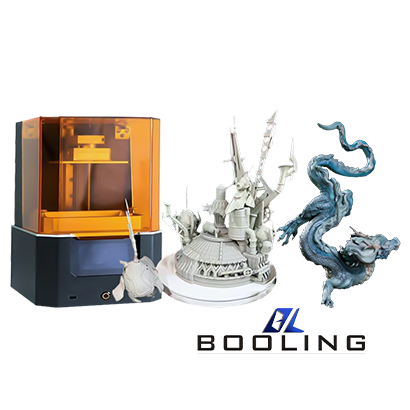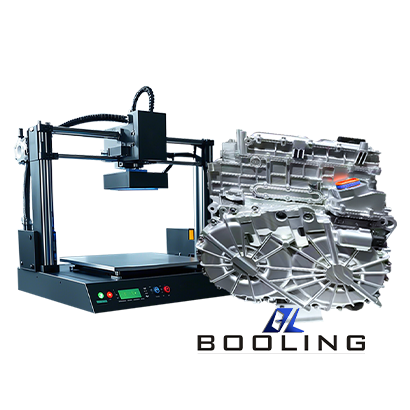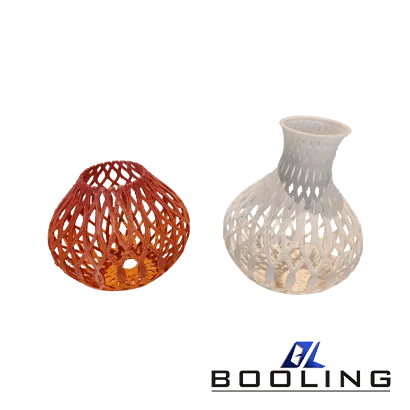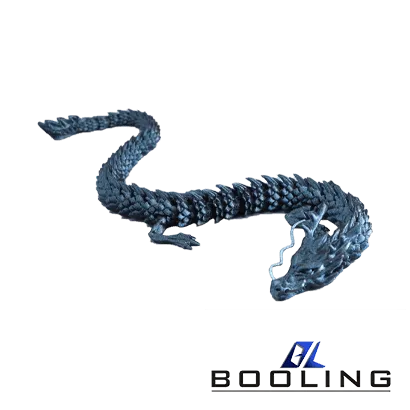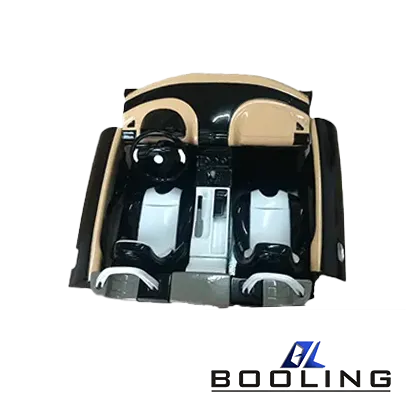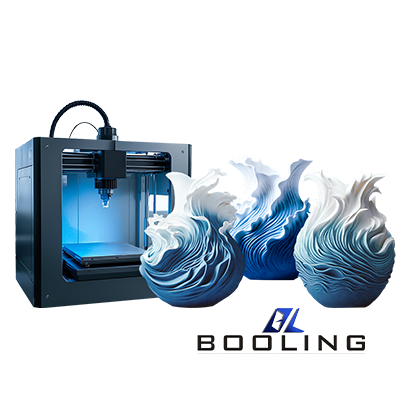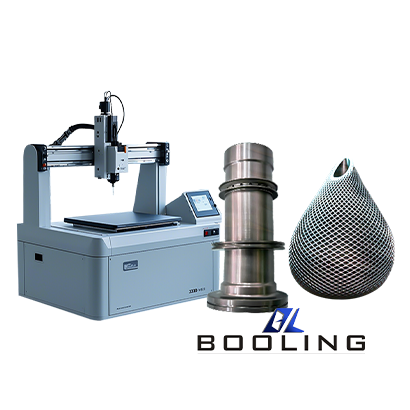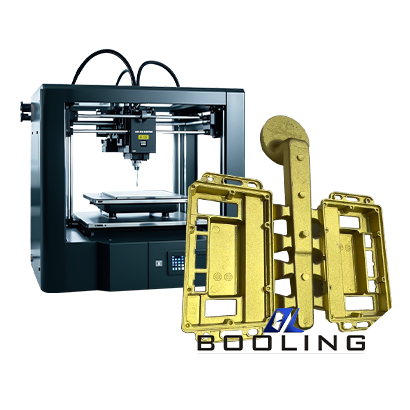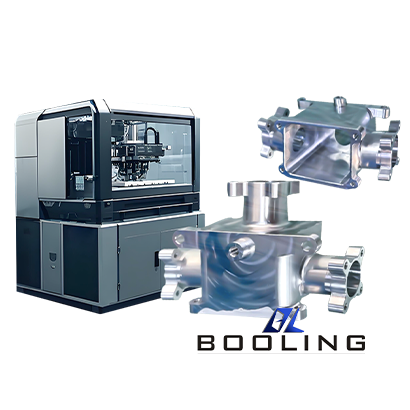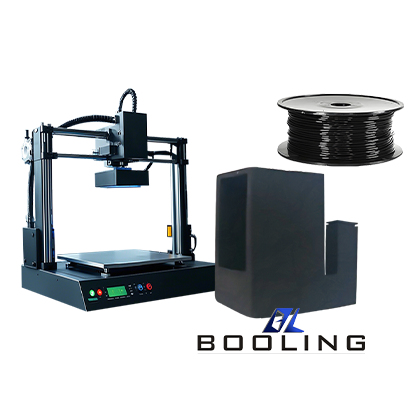Home > 3D Printing Service
3D Printing Service
BOOLING 3D printing service mainly provides customized services for industries such as medical models, aerospace, and automotive parts design and manufacturing. The main types of 3D printing technology are FDM, SLA, SLS, DLP, binder spraying, material spraying, DMLS, SLM, electron beam melting, and LOM.
About BOOLING 3D Printing Service
BOOLING 3D printing service involves rapid prototyping technology of plastics and metals, which has helped many industries solve the difficulties of product manufacturing. With supporting 3D printing equipment, finishing equipment, and quality inspection equipment, it can realize a one-stop service of the whole process including design, printing, post-processing, finishing, and testing, so that users can obtain the ideal size and accuracy, bright colors, suitable materials, etc.
Users can also get in touch with our engineers and send your design drawings to get the best solution.
Common Materials for 3D Printing Services
3D printing is a common rapid prototyping technology. The main materials used include metal, resin, rubber, aluminum, PLA, polycarbonate, ABS, nylon, silicone, carbon fiber, etc., which can meet the needs of different users.
3D Printing Cases
FAQs about 3D printing services
Are you a manufacturer or a trading company?
We are an experienced manufacturer.
How long is the delivery time?
7-15 days
Can we sign a confidentiality agreement for the drawing?
Yes, we can sign a confidentiality agreement.
Process of the entire 3D printing service
- Send us the 3D drawings and processing requirements
- We quote based on the drawings, material, and surface requests, etc
- Confirm the price
- Send you the PI
- Receive the payment
- Arrange processing
- Pack and ship
3D printing product packaging process
1. The quality of the product is completely monitored, no guarantees are guaranteed.
2. Wipe the surface of the product with a soft cloth
3. Film covers the product surface
4. Fill the product with appropriate amount of cushioning material (such as pearl cotton bags, foam particles, bubble film, etc.)
5. Consider using fixed, supporting structures
6. Customized cartons, wooden boxes, blister boards, paperboards and other packaging
what are Booling‘s After-sales services?
If you have any questions within 3 days after receiving the product, you can contact with our engineer and Booling will provide you with the best solution or remake it for you.
Manufacturing Process of Automobile Mold
Automotive molds require high precision in processing. Booling molds use the latest data analysis and industrial drawing software to provide reasonable and competitive mold design solutions, providing customers with efficient production processes.
1. Product analysis: Conduct an overall analysis based on the provided drawings or samples, and provide a feasibility analysis report for product molding.
2. Mold design and data analysis: Analyze the structural shape of the mold based on the size of the product, determine the mold cavity, flow channel, cooling system, etc., and design the mold according to customer requirements.
3. Mold making: Based on the precision requirements of the product surface and mold structure, rough machining, semi-precision machining, and precision machining are distinguished to meet the customer’s size requirements and control the mold cost.
4. Mold size inspection: The precision components of the mold can be calibrated using a coordinate measuring instrument.
5. Product quality control: Use inspection tools for testing automotive plastic and sheet metal parts.
6. Cutting and punching fixtures: provide more stable and accurate product size assurance for the processing of post-production processes.
Customized service of product molds
Of course, we are a professional 3D printing manufacturer with rich experience and can customize products according to drawings.
What payment methods do you accept?
We accept payment methods such as wire transfer, PayPal, Alipay, cash, etc.
What is BOOLING minimum order quantity & Shipping options?
Our minimum order quantity is one piece, and BOOLING will deliver your product safely by air express or sea freight.
Guidelines for 3D printing services
3D printing, also known as additive manufacturing, is a technology that creates three-dimensional entities by stacking materials layer by layer. Booling’s 3D printing services mainly provide mold manufacturing services for the pharmaceutical, automotive, furniture, daily chemical and other industries.

